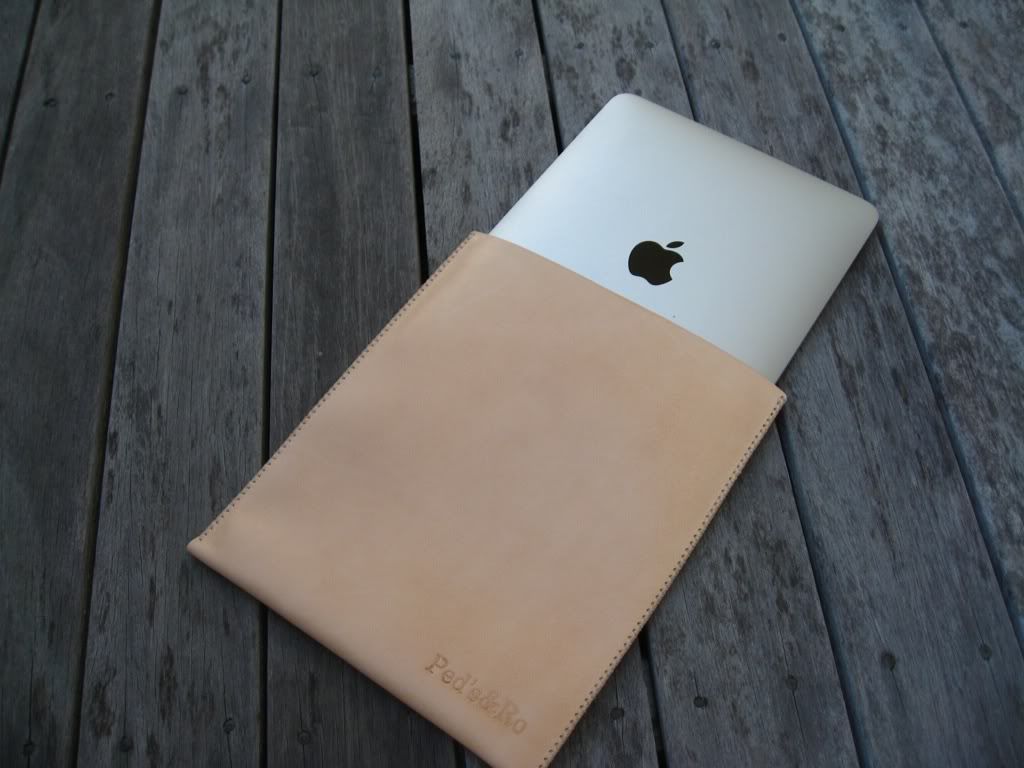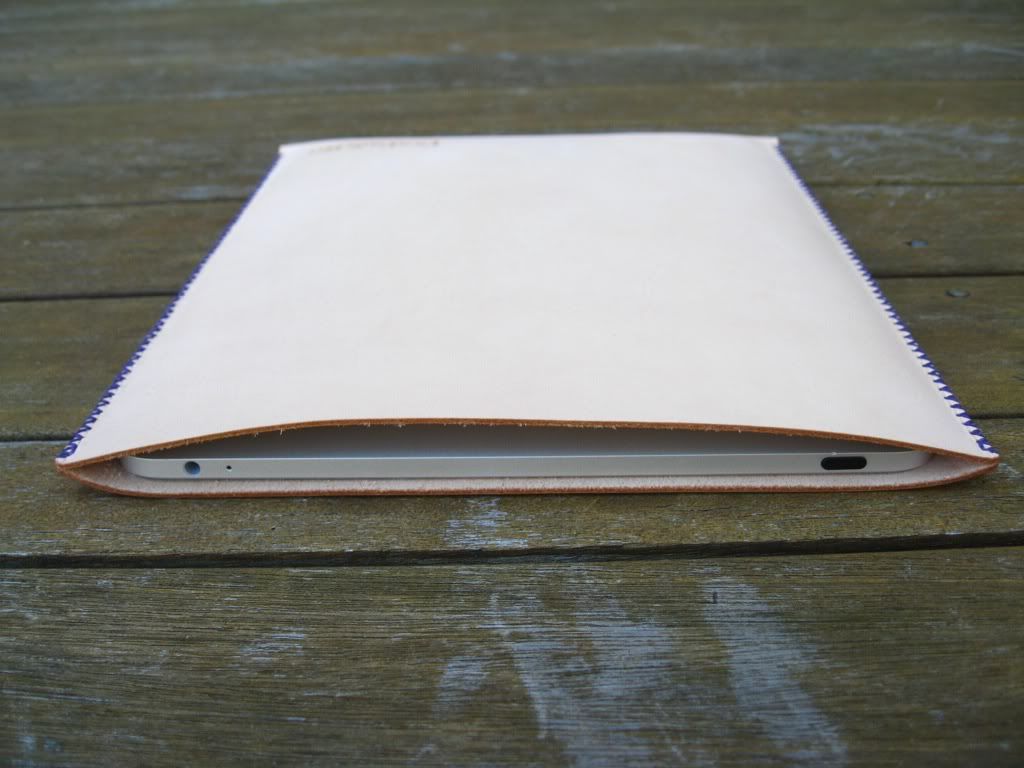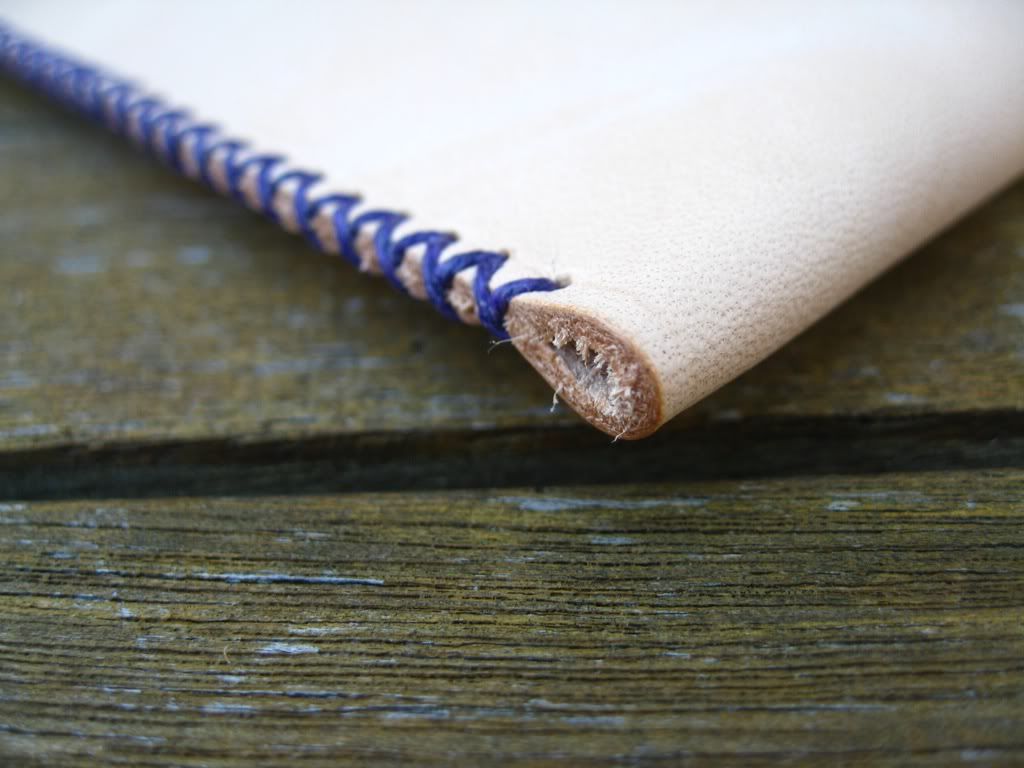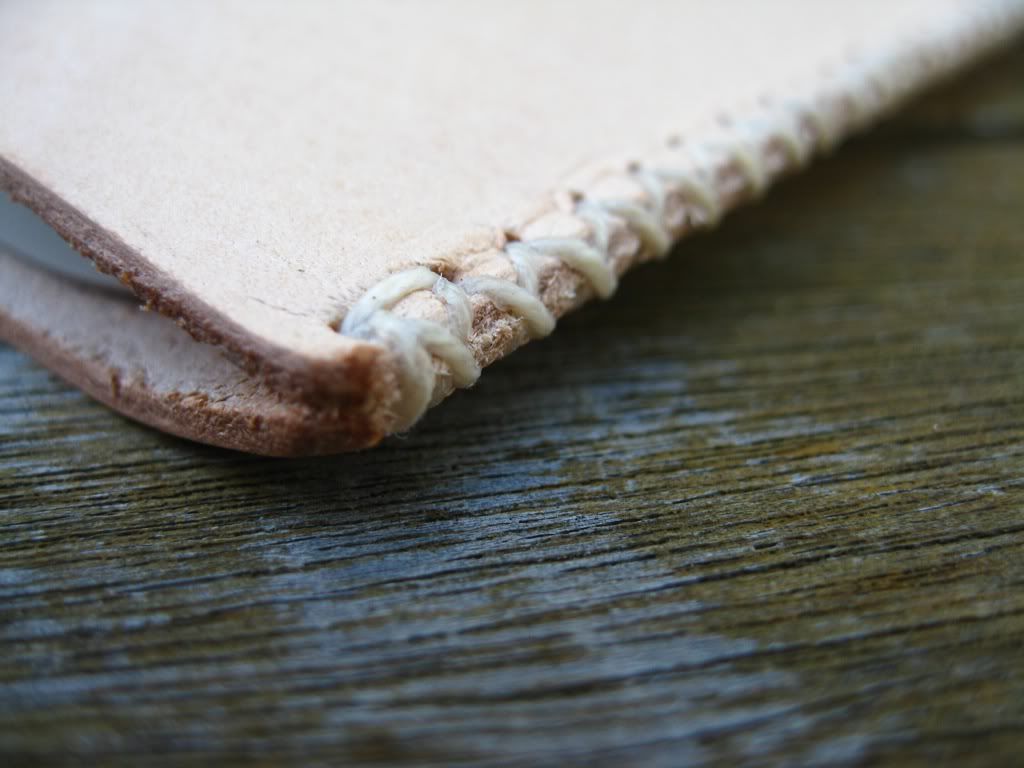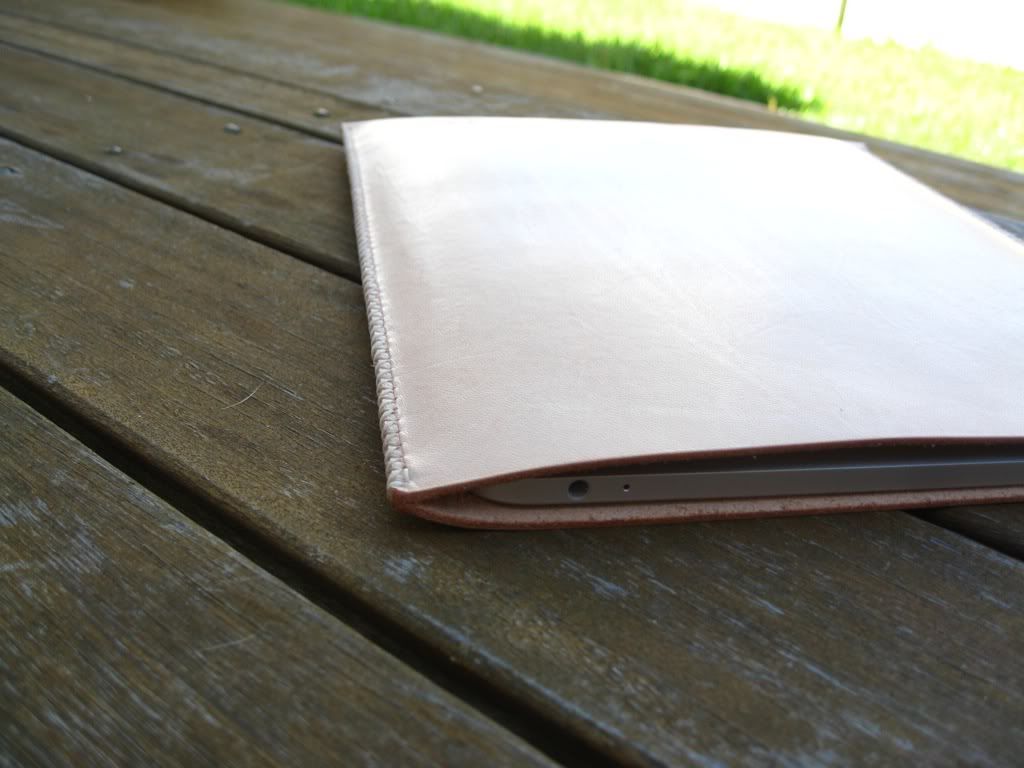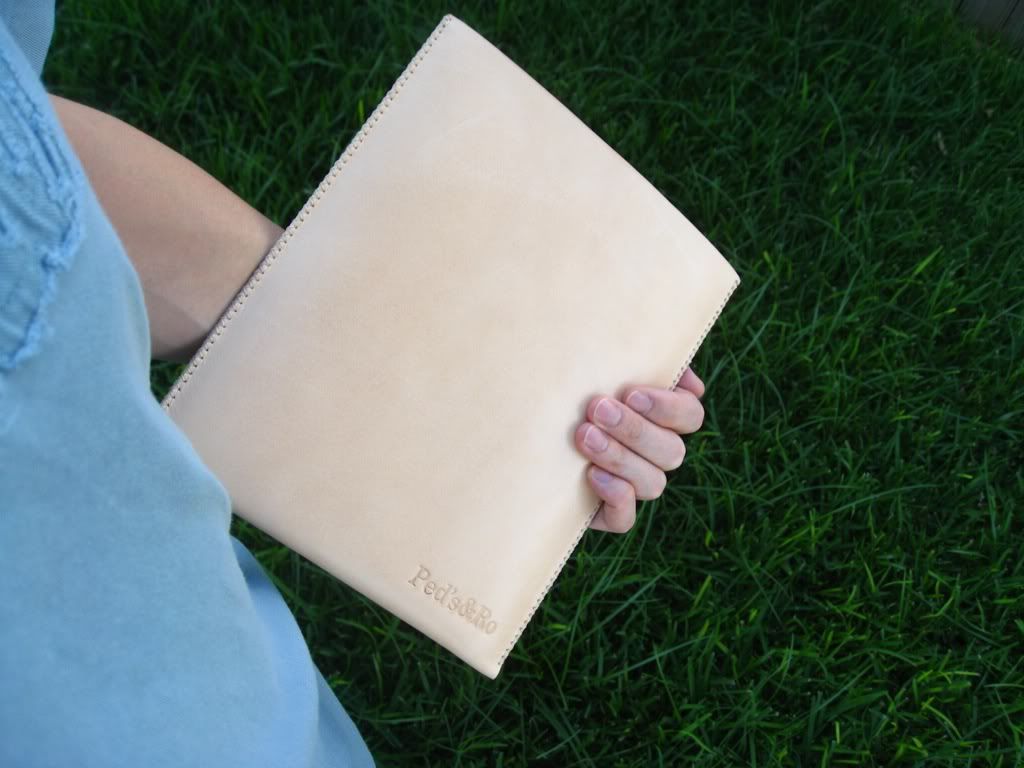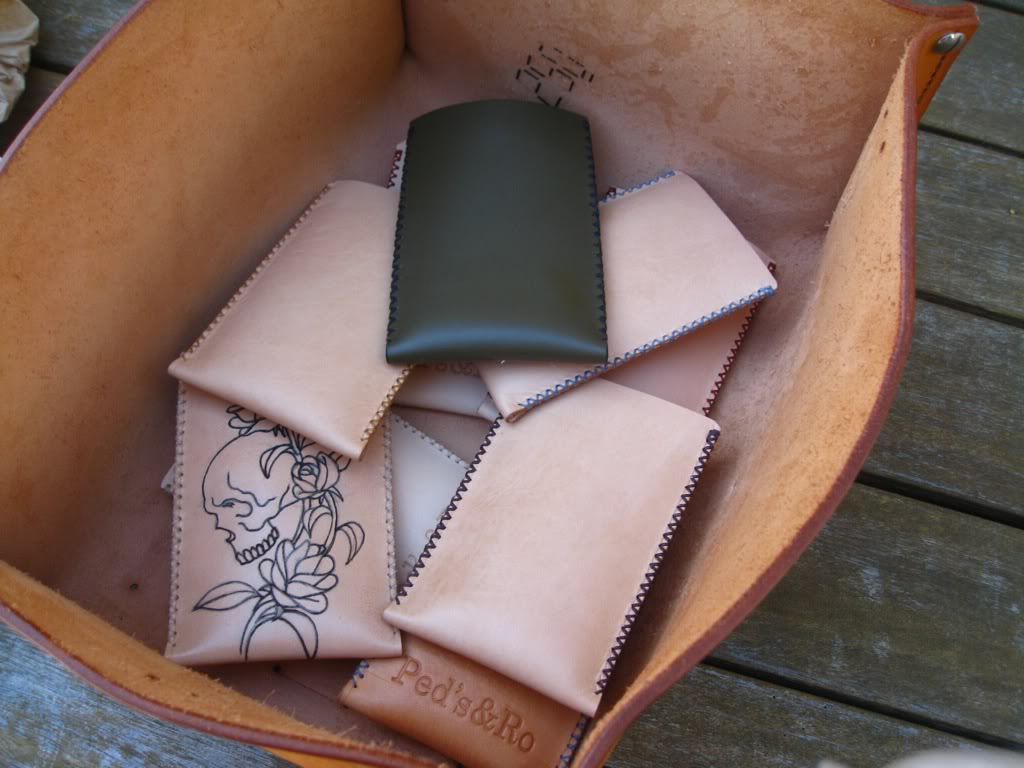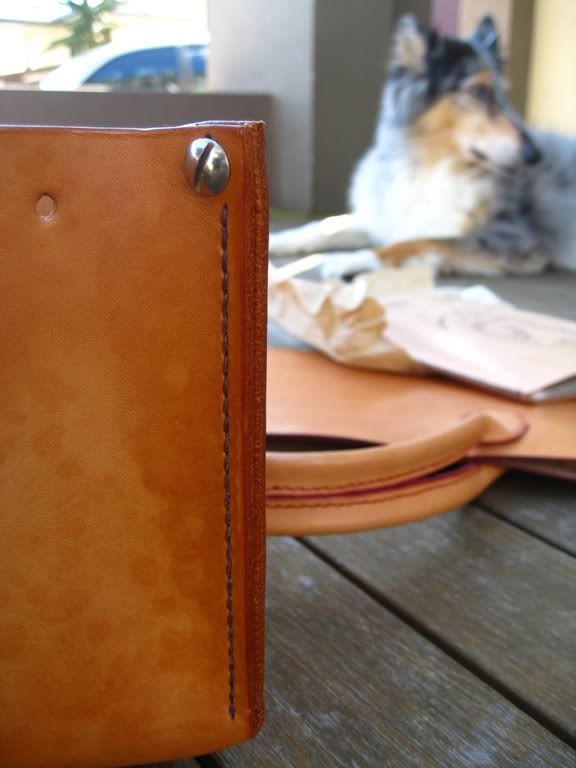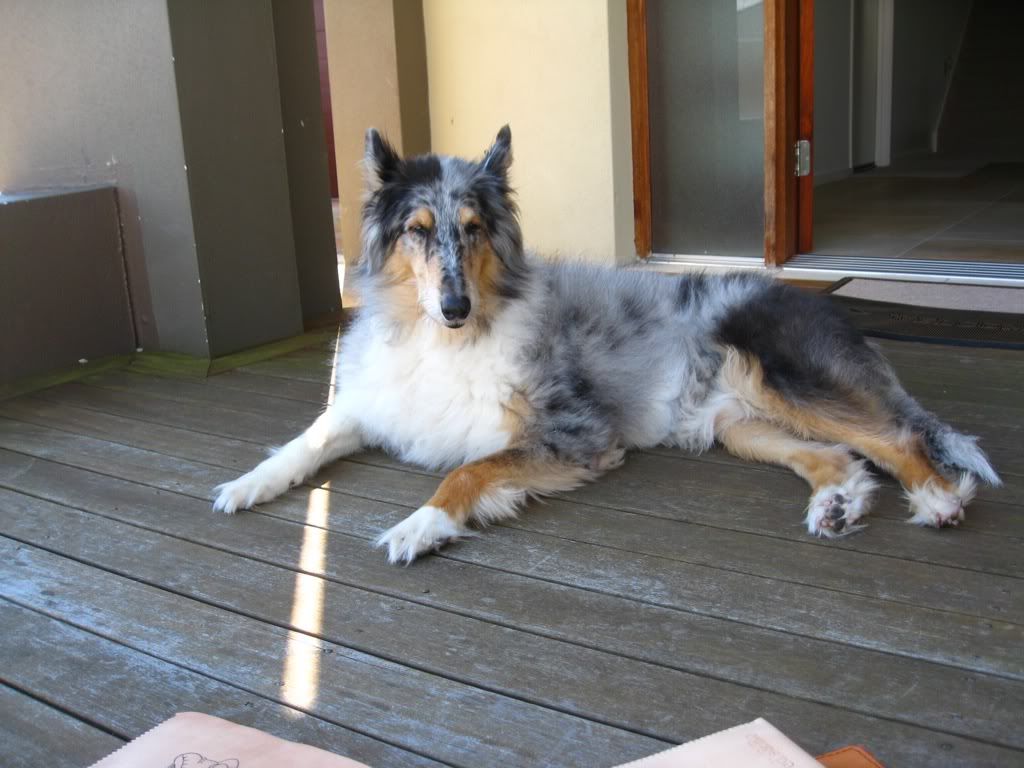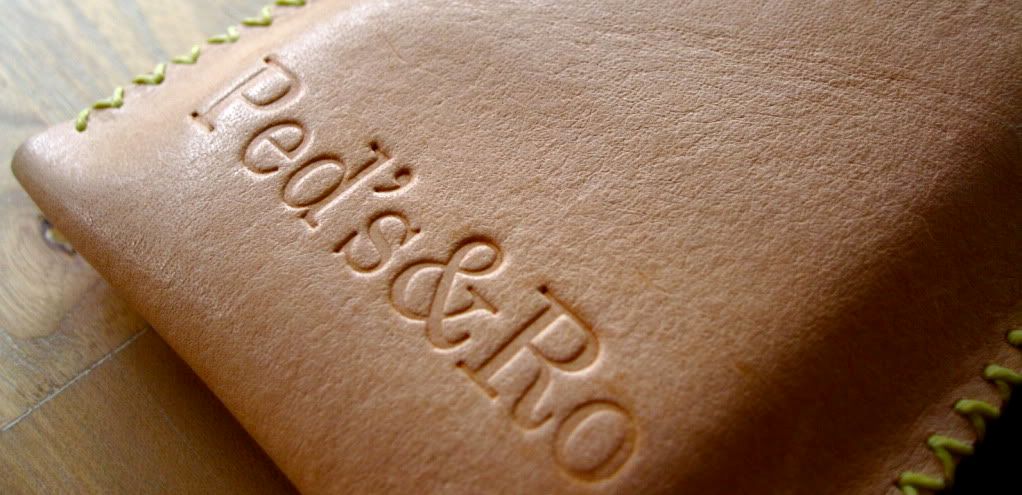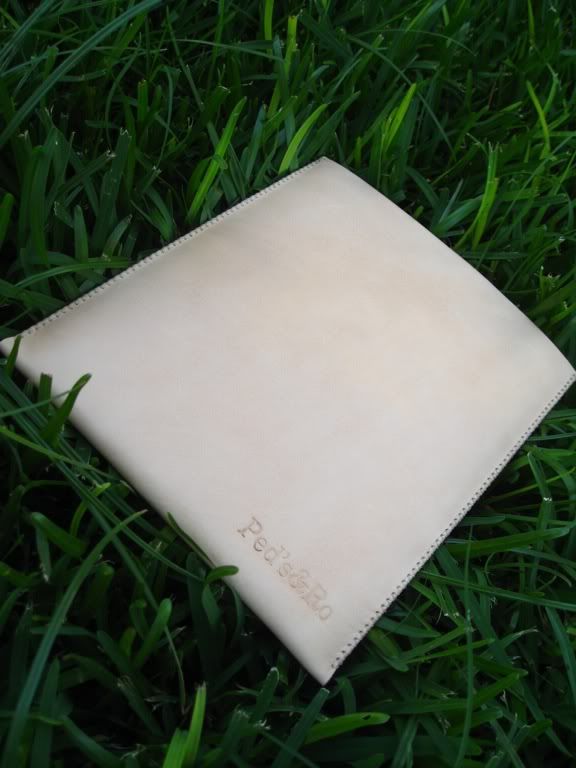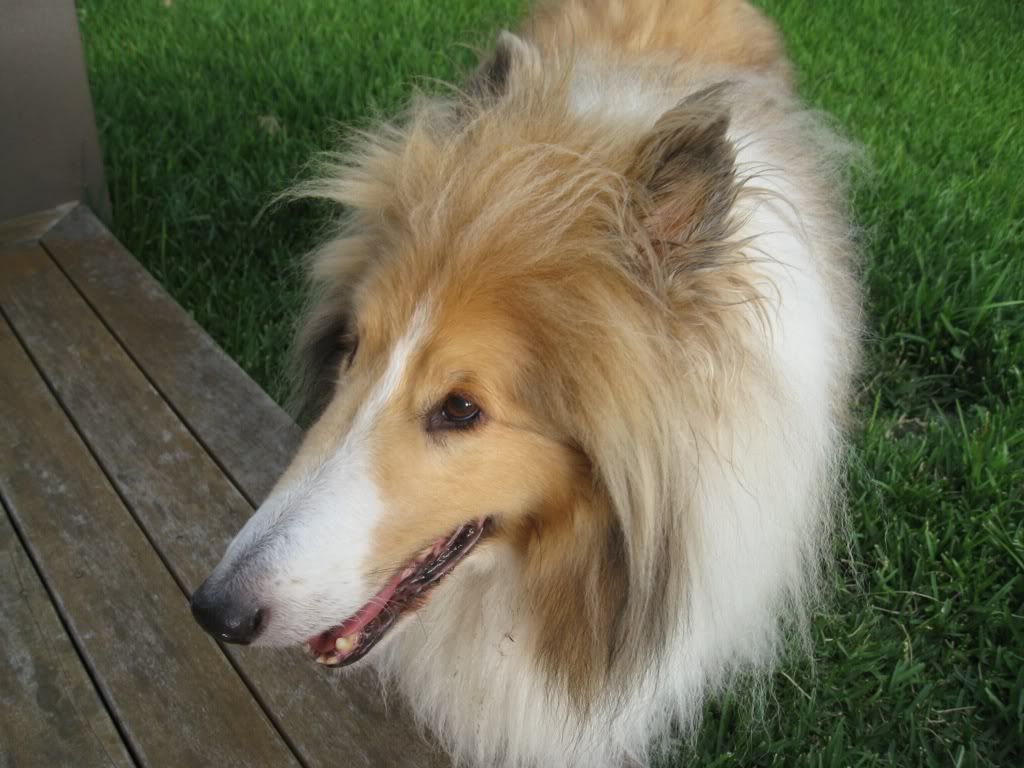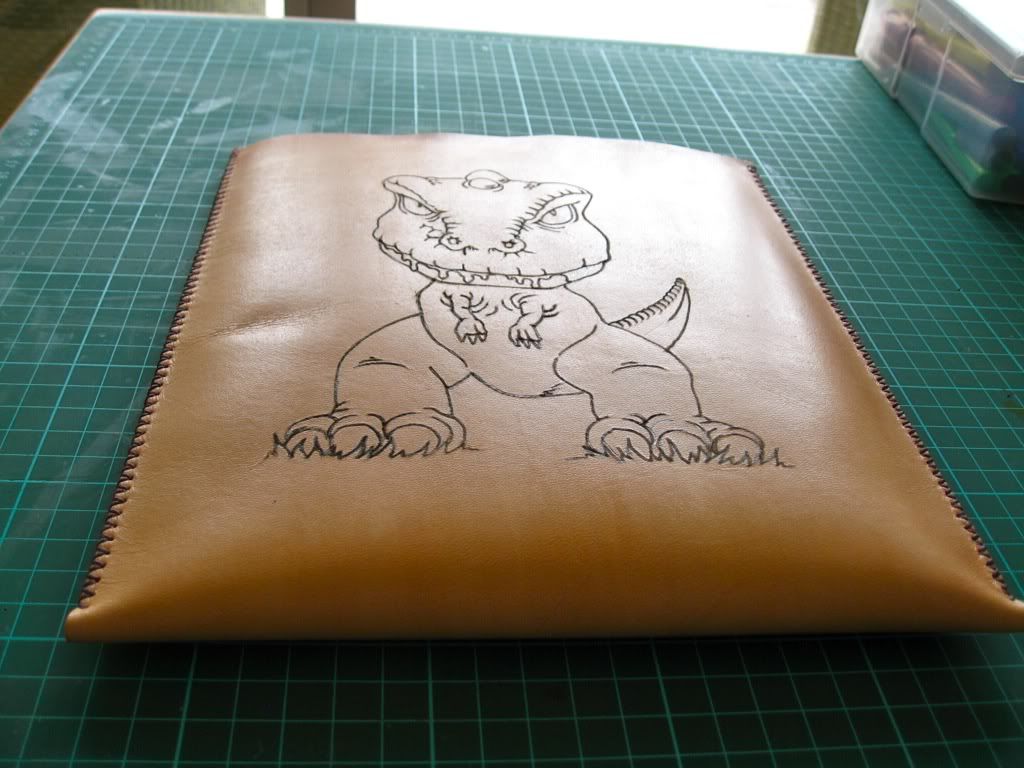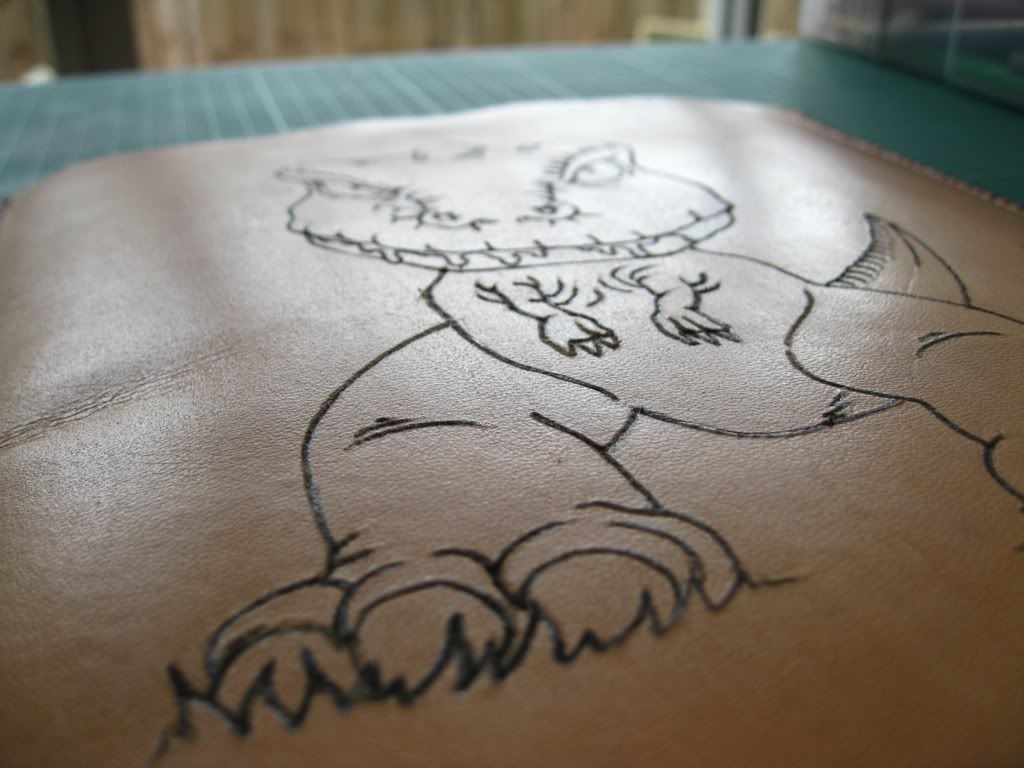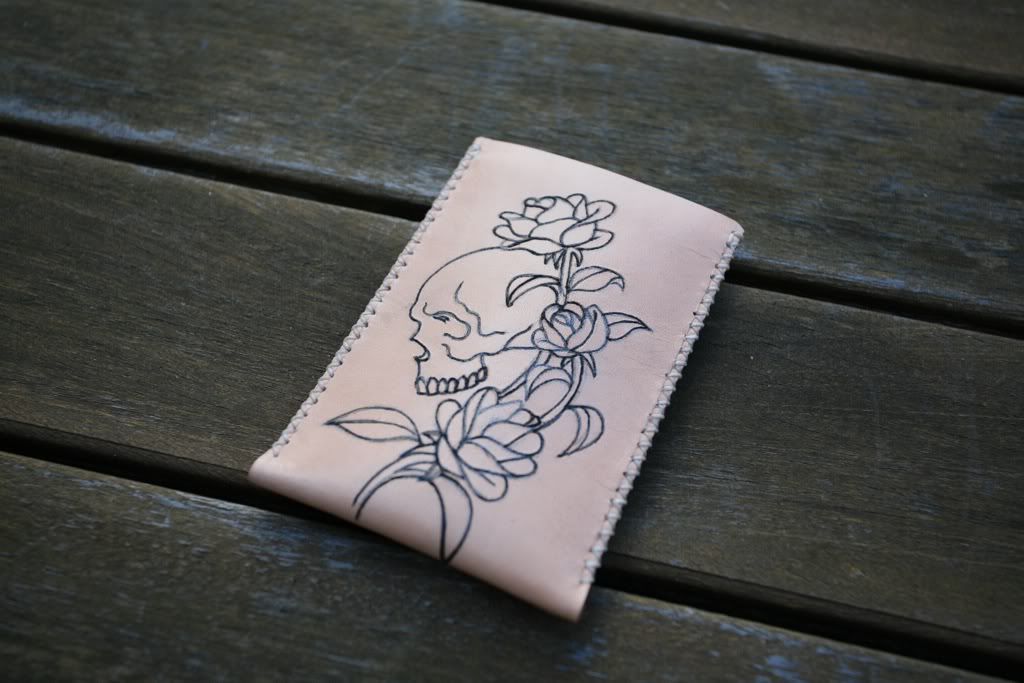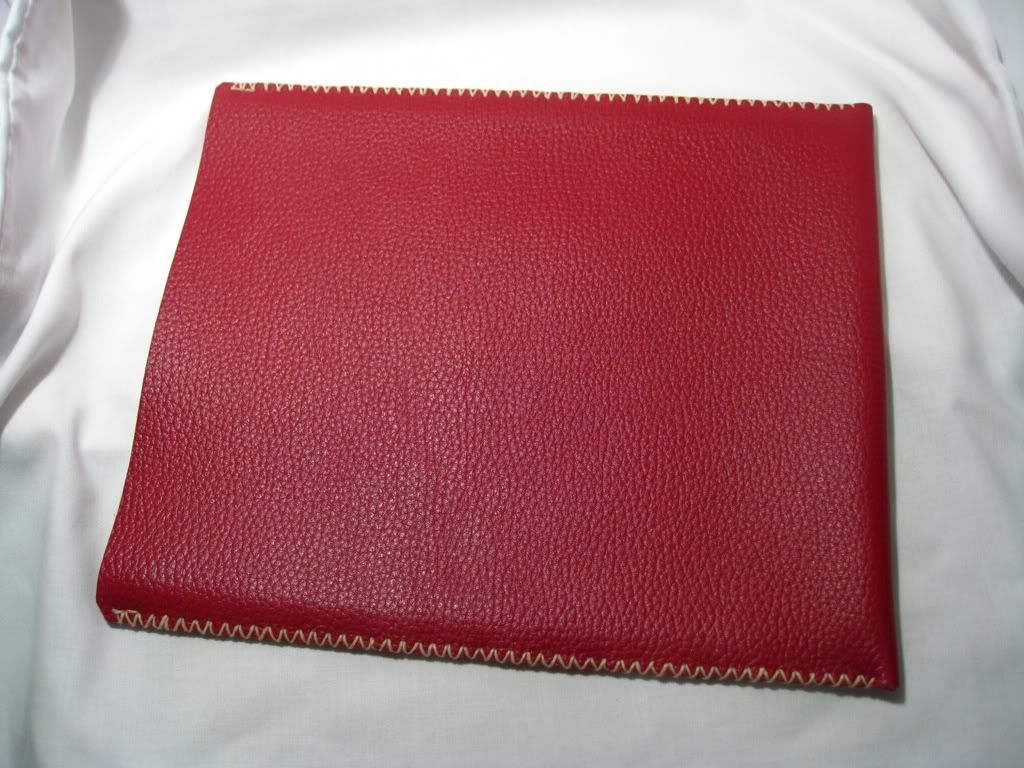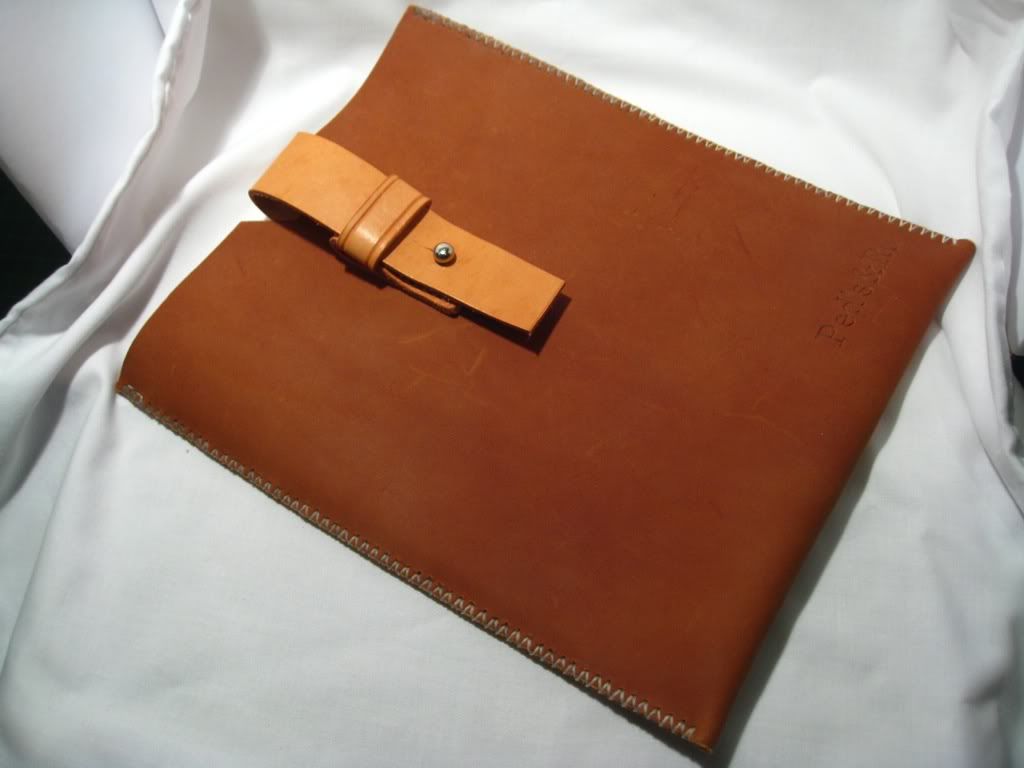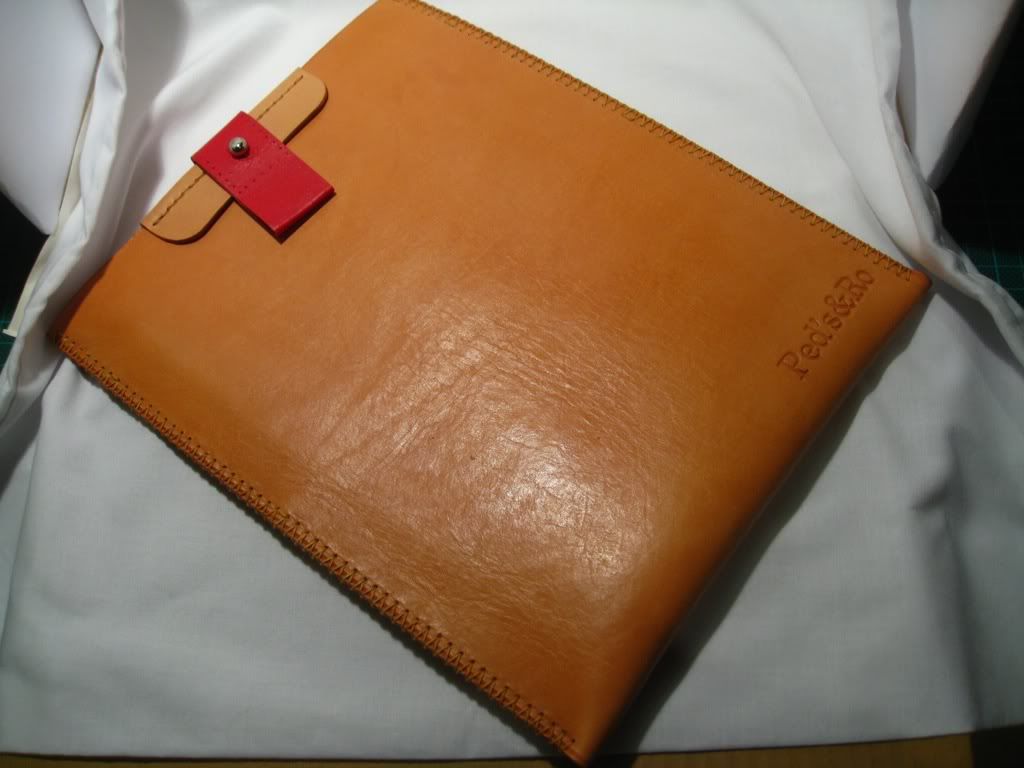With any thing that is natural, it is not uniform, consistent or perfect. With an animal hide, the thickness and characteristics varies throughout. When you buy leather, it will usually be divided into several different sections based on what your intended use is.
I decided to do some drawing and coloring to illustrate the division of the hide. Apologies if it's a bit blurry!
Side. This is half of a hide as shown by the dotted lines running from the top to the bottom.
Bend. Highlighted in Tan, this is the best part and also the thickest of the hide used also for belts or products that require a big surface area or a clean straight cut. An economical choice as there is little wastage and is the most consistent part of the hide. It is sold in rectangular cuts as shown.
Shoulder. As shown in Red, this is the recommended cut for carving and embossing. Quite similar to a bend in a smaller cut, its surface is less consistent.
Bellies: The two corners of the cow hide as shown in Dark Blue. This is good for small projects or moulding as it is quite stretchy and less dense part of the hide. Not consistent in texture and shape thus least expensive.
Butt. As shown in Light Blue, this is good for making belt and harnesses.
Back. A side with the belly section cut off. Same uses as a bend but with the addition of a shoulder.
Doubles. This means obtaining both sides of the shoulder, bend, belly or butt as one piece. If you only require a small piece, a single part would be enough.
Classifying sections of a hide this way makes it easier when acquiring them as there is a common understanding as to which part of the hide you are referring to. It also is more economical. The uses however is not restricted to the regular. I personally like the inconsistency of certain parts and use them to make my bags and pouches thus having sections thinner or stretchier than the other. That's what makes this material so fun to work with. It's always different!
Until next time! I experiment with different surface treatment on the items i make and each one gives the product a different feel and look. My next post will look into these. Stay tuned!
